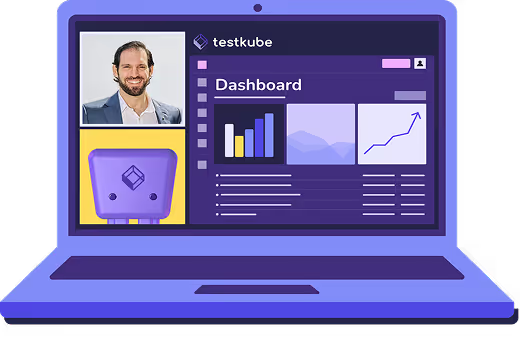Table of Contents
What Does Postman Mean?
Postman provides an intuitive interface for creating and organizing API request collections, validating responses, and automating regression or monitoring workflows. It supports multiple protocols, including REST, GraphQL, and SOAP, making it versatile across modern API-driven architectures.
Key Postman capabilities include:
- Collections & environments – organize requests and manage variables
- JavaScript test scripting – automate functional and regression tests
- Data-driven testing – run tests with CSV or JSON datasets
- Mock servers – simulate APIs for early development
- API monitoring – schedule tests and track performance
- Collaboration – share workspaces, collections, and reports across teams
Advanced usage includes Newman (command-line runner for CI/CD integration), automated documentation, API versioning, and custom reporting.
Why It Matters
Postman is valuable for both developers and QA engineers because it:
- Simplifies API exploration and manual validation
- Bridges the gap between development and automated testing
- Provides fast iteration on API design, documentation, and testing
- Integrates into CI/CD workflows for continuous quality enforcement
In microservices and Kubernetes-based systems, Postman ensures that APIs behave consistently across environments.
Real-World Example
- A development team uses Testkube to run Postman collections on every deployment, automatically validating microservice APIs before rollout.
- An e-commerce platform tests payment gateways, inventory services, and authentication flows in Postman to confirm reliability across staging and production environments.
How Postman Works with Testkube
Testkube extends Postman capabilities by:
- Running Postman collections natively inside Kubernetes clusters
- Triggering tests automatically in CI/CD pipelines
- Storing results and artifacts for visibility across teams
- Scaling Postman testing across distributed environments




.avif)